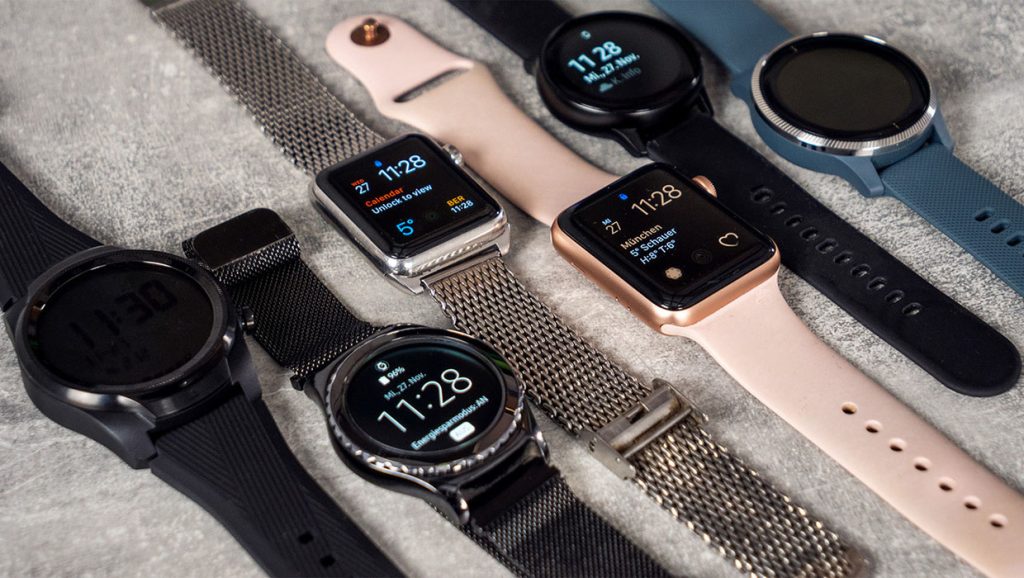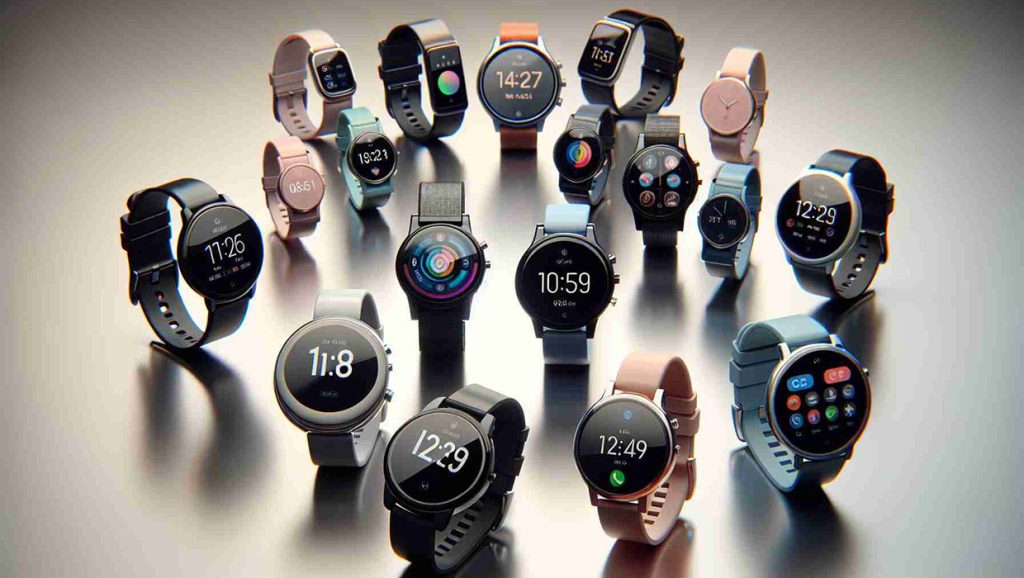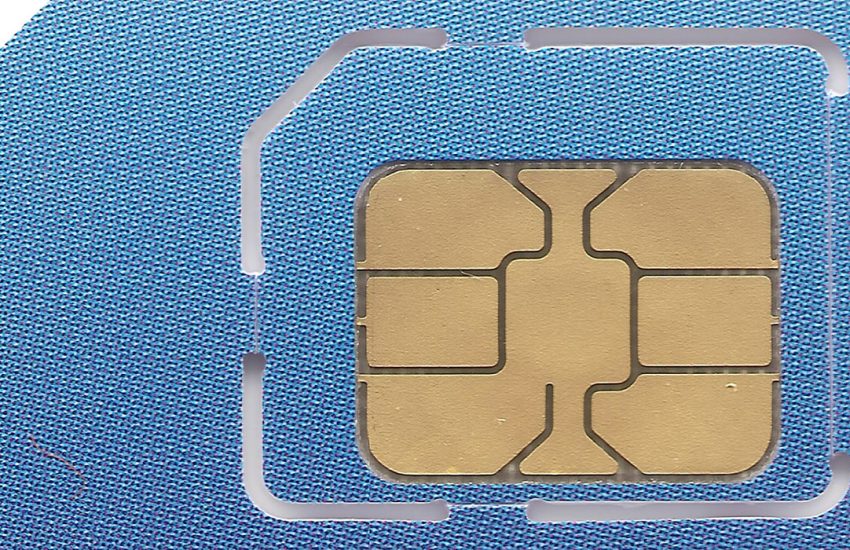Decoding Smartwatch Connectivity: Choosing the Ideal Telecom Plan
Smartwatches have emerged as indispensable accessories, offering an array of functionalities that extend beyond mere timekeeping. These devices have evolved into miniaturized technological marvels, capable of tracking health metrics, receiving notifications, making calls, and even performing standalone tasks with cellular connectivity. However, harnessing the full potential of these devices necessitates the right telecom plan tailored to their unique requirements.
Gazelle.com – Buy Smart. Sell Easy.
Trade in your old phone, tablet, or laptop at Gazelle.com and get instant cash offers.
Or shop certified pre-owned devices that look and work like new — all fully tested and guaranteed.
Simple. Secure. Sustainable.
By understanding the nuances of these plans, users can optimize their smartwatch experience, ensuring seamless connectivity and functionality while managing costs effectively.
Smartwatches rely on various connectivity options, be it cellular networks, Bluetooth, or Wi-Fi, to deliver their diverse functionalities. Each mode of connection influences the capabilities and independence of these devices, highlighting the importance of selecting an appropriate telecom plan that aligns with these connectivity needs.
Beyond conventional data usage associated with smartphones, smartwatches have distinct data needs driven by fitness tracking, location services, music streaming, and app synchronization. Analyzing these requirements is pivotal in selecting a plan that offers adequate data allowances without overpaying for unused data.
Understanding the range of plan options available, including their features, limitations, and network coverage, empowers users to make informed decisions. Evaluating factors like call minutes, international roaming, family plans, and network reliability plays a crucial role in plan selection.
While seeking an ideal telecom plan for smartwatches, balancing costs against benefits remains paramount. Users need to assess the long-term financial implications, weighing contract-based versus prepaid plans, to choose a cost-effective option without compromising quality.
Understanding Smartwatch Connectivity
Smartwatches leverage multiple connectivity options to enable various functionalities:
Cellular Connectivity
Independence: Cellular-enabled smartwatches operate independently, allowing users to make calls, send messages, and access data without relying on a paired smartphone.
Usage Considerations: This connectivity option enhances the smartwatch’s capabilities but may require a separate cellular plan or incur additional charges.
Bluetooth
Synchronization: Bluetooth connectivity primarily links the smartwatch to a paired smartphone, enabling notifications, call management, and limited data transfer.
Power Efficiency: It conserves the smartwatch’s battery by offloading certain functionalities to the paired device.
Wi-Fi
Enhanced Connectivity: Wi-Fi offers faster and more stable internet connections for tasks like downloading updates, syncing data, or accessing online services directly from the smartwatch.
Range Limitation: It operates within a limited range of a Wi-Fi network, restricting its utility in areas without Wi-Fi coverage.
Assessing Data Requirements
Smartwatch data usage can vary based on usage patterns and applications:
Fitness and Health Tracking
Data Usage: Health and fitness apps consume data by tracking workouts, recording health metrics, and syncing with cloud services for analysis.
Consideration: Users engaged in intensive fitness tracking may require plans with larger data allowances to accommodate continuous syncing and data transfer.
Navigation and GPS Services
Data Intensity: GPS navigation services use data to provide real-time location-based information, map updates, and directions.
Impact: Frequent GPS usage may contribute significantly to data consumption, necessitating plans with substantial data allowances for consistent usage.
Messaging and App Notifications
Data Usage: Receiving messages, app notifications, and software updates also contribute to data consumption, although these are generally smaller in size.
Regularity: While individual message sizes are small, the regularity of notifications can cumulatively impact data usage.

Understanding these varying data demands allows users to align their smartwatch usage with telecom plans that offer suitable data allocations and manage their costs effectively.
Compatibility and Network Coverage
Network Compatibility
LTE/4G/5G Compatibility: Smartwatches vary in their network compatibility, with some supporting 4G LTE or even 5G connectivity, enabling faster data speeds and broader coverage.
Provider Consideration: Users should check if their smartwatch is compatible with major carriers, ensuring they can leverage the most reliable network available in their area.
Coverage Reliability
Network Coverage Maps: Reviewing carrier-provided coverage maps helps determine the extent of network coverage in specific regions, ensuring seamless connectivity wherever the user goes.
User Feedback: Checking user reviews and experiences regarding network coverage assists in gauging real-world performance, especially in diverse geographical areas.
Plan Options and Features
Data Limits
Data Tiers: Telecom plans for smartwatches often offer varying data limits. Users should assess their data needs based on their smartwatch usage patterns to choose an appropriate plan.
Overage Charges: Plans may entail additional charges for exceeding data limits, making it essential to select a plan that accommodates the user’s data requirements.
Calling and Messaging
Included Minutes and Texts: Some plans include calling minutes and texts, allowing users to make calls or send messages directly from their smartwatches without additional charges.
International Usage: Plans with international calling or roaming features can be beneficial for users who frequently travel abroad.
Additional Features
Family Plans: Providers offer family plans, allowing users to include multiple devices under a single plan, often at discounted rates.
Discounts and Bundles: Some carriers offer discounts or bundles when combining multiple services like smartphone and smartwatch plans.
Analyzing these factors empowers smartwatch users to make informed decisions about telecom plans, ensuring optimal coverage, suitable data allowances, and desirable features tailored to their needs.
Cost Analysis
Monthly Fees and Activation Costs
Plan Costs: Comparing monthly fees among different carriers to understand what each plan offers in terms of data, calls, and additional features for the price.
Activation Fees: Some plans may have initial activation or setup fees, which should be considered while assessing overall costs.
Overage Charges
Data Overage Fees: Understanding the charges incurred upon surpassing the allocated data limits, crucial for users who might use more data than their plan allows.
Call and Text Charges: Plans with limited calling or texting might charge extra for exceeding these limits.
Benefits vs. Costs
Feature Assessment: Weighing the cost against the included features (such as data, calls, texts, and additional services) to determine the plan’s value for money.
Identifying Essential Features: Evaluating whether the included features align with the user’s needs or if they’re paying for services they won’t use.
Contract vs. Prepaid Plans
Contract Plans
Commitment and Duration: Contract-based plans often require a commitment for a specific period, offering consistent rates and services over the contract duration.
Device Subsidies: They might include device subsidies where users pay less upfront for the smartwatch but commit to a more extended service period.
Prepaid Plans
Flexibility: Prepaid plans offer flexibility, allowing users to switch carriers or plans more easily without contractual obligations.
No Long-Term Commitment: Users can opt for prepaid plans without committing to long-term contracts, paying for services on a monthly or pay-as-you-go basis.
Pros and Cons
Contract Plans Pros: Device subsidies, stable rates, and sometimes additional perks.
Contract Plans Cons: Long-term commitment, early termination fees.
Prepaid Plans Pros: Flexibility, no long-term contracts, no early termination fees.
Prepaid Plans Cons: Higher initial device cost, potentially fewer included features.
By conducting a thorough cost analysis and understanding the differences between contract-based and prepaid plans, smartwatch users can select a telecom plan that aligns with their usage habits and financial preferences.
Service Provider Reviews and Reputation
Importance of Reviews
User Experiences: Considering reviews helps understand real-world experiences of other users with a particular service provider.
Reliability Assessment: Analyzing reviews helps in gauging the reliability of network coverage, call quality, and data speed.
Customer Service Reputation
Prompt Assistance: Assessing how service providers handle customer issues and provide technical support is crucial for a seamless experience.
Community Feedback: Checking online forums or communities to grasp a broader perspective on customer service experiences.
Network Reliability
Coverage Area: Reliable coverage in the user’s area is paramount. Reviews can provide insights into network stability and connectivity.
Future-Proofing Your Plan

Scalability and Flexibility
Plan Upgrades: Choosing a plan that allows for easy upgrades in data, minutes, or additional devices as needs evolve.
Family Plan Options: Considering family plans that cater to multiple devices and users under one cost-effective package.
Anticipating Future Needs
Growth in Data Usage: Understanding potential increases in data usage as more features and apps are utilized on smartwatches.
Additional Devices: Considering plans that accommodate multiple devices under a single plan for a more cost-effective approach.
Plan Adjustments
Flexibility for Change: Opting for plans that offer ease in changing or modifying plan features without exorbitant fees or limitations.
By factoring in service provider reviews, understanding their reliability, customer service, and future-proofing considerations, users can make a well-informed decision about the telecom plan best suited for their smartwatch needs.
Real-world Experiences
Diverse Perspectives: Gather testimonials highlighting different users’ experiences with various telecom plans for smartwatches.
Usage Scenarios: Include feedback on call quality, network coverage, data reliability, and customer service.
Usability Feedback: Testimonials sharing ease of use, setup, and any challenges faced in managing the plan or device.
Plan Effectiveness: User experiences on how well the plan catered to their specific needs, including data usage, calling, and extra features.
Review Considerations: Recapitulate the factors covered: coverage, cost, flexibility, and scalability.
Highlight Insights: Emphasize the significance of user testimonials in guiding decision-making.
Tips for Decision-making
Prioritizing Needs: Encourage users to prioritize their usage patterns and needs when evaluating different telecom plans.
Staying Updated: Advise users to monitor service provider updates, offers, and potential plan improvements.
By incorporating user testimonials and insights, prospective users gain a comprehensive understanding of various telecom plans, enabling them to make a well-informed decision best suited to their smartwatch usage and preferences.


